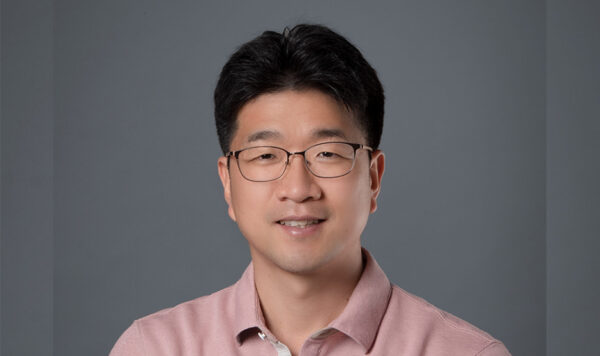
- This event has passed.
Seminar Speaker: Dae Sung Chung, POSTECH
April 11 @ 11:00 am – 12:00 pm
Organic Photodiodes: Beyond Visible Light

Abstract
Over the past two decades, extensive research has been conducted on organic photodiodes (OPDs), and it has been demonstrated that OPDs already exhibit significant advantages over silicon-based photodiodes at the single-device level. However, integrating OPDs with CMOS technology for image sensor applications requires entirely different considerations from both material and process perspectives. In this talk, I will discuss key material and process technologies essential for applying OPDs to fingerprint recognition sensors, PPG sensors, passive/active matrix image sensors, and Vis-SWIR integrated image sensors. Specifically, I will address how to achieve photomultiplication, large dynamic range, facile charge separation, and visible transparency from OPDs which are crucial for these applications. Based on this discussion, we will explore the various possibilities for the industrial adoption of OPDs soon.
Biography
Dae Sung Chung is currently a professor at the Department of Chemical Engineering at POSTECH. He earned his B.S. and Ph.D. in chemical engineering from POSTECH in 2010. He then worked as a postdoctoral researcher at the University of Chicago until 2012. He began his career at POSTECH in 2020, after holding positions at Chung-Ang University and DGIST. His research focuses on synthetic electronic materials primarily for post-silicon optoelectronic devices, including image sensors, integrated circuits, and hydrogen/oxygen evolution systems. The materials he works with include polymeric semiconductors, organic molecular switches, and oxide semiconductors.
